When communicating we all like to be as precise as possible (unless we’re being evasive or in an argument we know we don’t have a leg to stand on!). Precision in most cases is good, and welcomed. What are the building blocks of precise communication?
Syntax
Syntax is the study of sentence structure and the rules of grammar. While people can do what they want with language (and many often do), syntax helps common users of a language understand how to organize words so that they make the most sense.
For instance the following makes little sense:
“you nice it’s meet to”
Whereas a simple re-ordering of the words (or, items, tags, tokens, elements) creates more sense.
“It’s nice to meet you”
This is simple, and something we often don’t consider – or certainly don’t need to consider unless writing very specific and dense text.
That’s the first layer done. Now to semantics.
Semantics
Semantics, on the other hand, is the study of the meaning of sentences. Let’s play with the previous example, “It’s nice to meet you”:
We can, satisfyingly, stress certain words to give variations in meaning:
“It’s nice to meet you”, “It’s nice to meet you”, “It’s nice to meet you”
Or we can add to it:
“It’s nice for you to meet me”
Now we have syntax and semantics; What about pragmatics?
Pragmatics
Pragmatics takes semantics one step further. It’s the study of the meaning of sentences within a certain context. The context in many cases provided by the shared knowledge and models of the world that the sender and receiver have. Let’s continue to play with our previous example, “It’s nice to meet you”.
Rather obviously, this implies the sender and receiver have not met before. You can meet for the first time only once. After that, repeating “It’s nice to meet you” suggests one forgot meeting the receiver previously. Okay, not the biggest problem in the world f that happens, but we’ve all been there and it can be awkward.
If we look to the world of Hollywood we find an interesting shift in the semantics that liberates the context by making the number of previous meetings ambiguous. We go from:
“It’s nice to meet you”
“It’s nice to see you”
That’s the Hollywood hello.

It removes the precision, creates ambiguity, and gives meaning for two audiences – those people who are being met for the first time and those who are being met again. (It also is a rather cute removal of one letter (t) and switching of another (m to s)!)
The core of a pragmatics approach to communication is useful in researching perceptions, as well as creating copy that resonates with as few or as many audiences as one wishes.
And I suppose rather obviously, we’d find examples in Hollywood – it is called show business, afterall.
Image by benzoix on Freepik
Image by kues1 on Freepik
For more on this speak with us, or have a look at our capabilities
Also, as co-founders and supporters of the London Behavioural Economics Network, join the Meetup group and Facebook group for more details and events
Related Posts
August 13, 2023
Money (but not called that, and how it changes behaviour).
Advertising agencies make a lot of…
August 1, 2023
Reading ease is not as easy as all that – comprehension shows the way
It's easy to make text readable, right?…
July 10, 2023
When research turns into promotion – the Mere Measurement effect
...Simply asking about the strength of…




